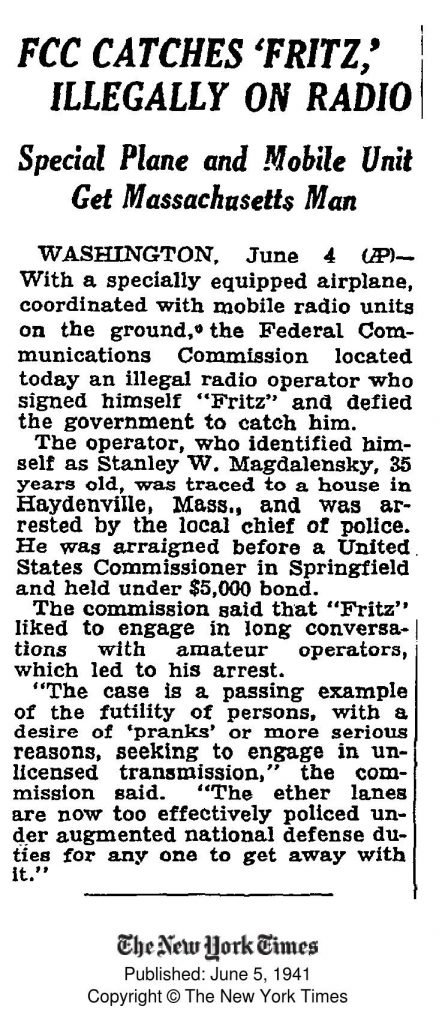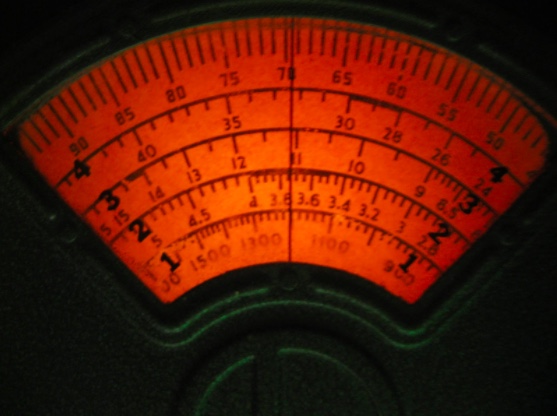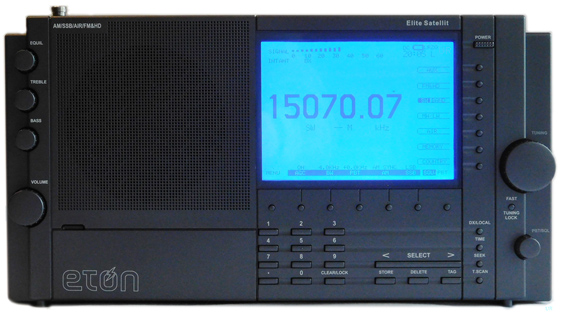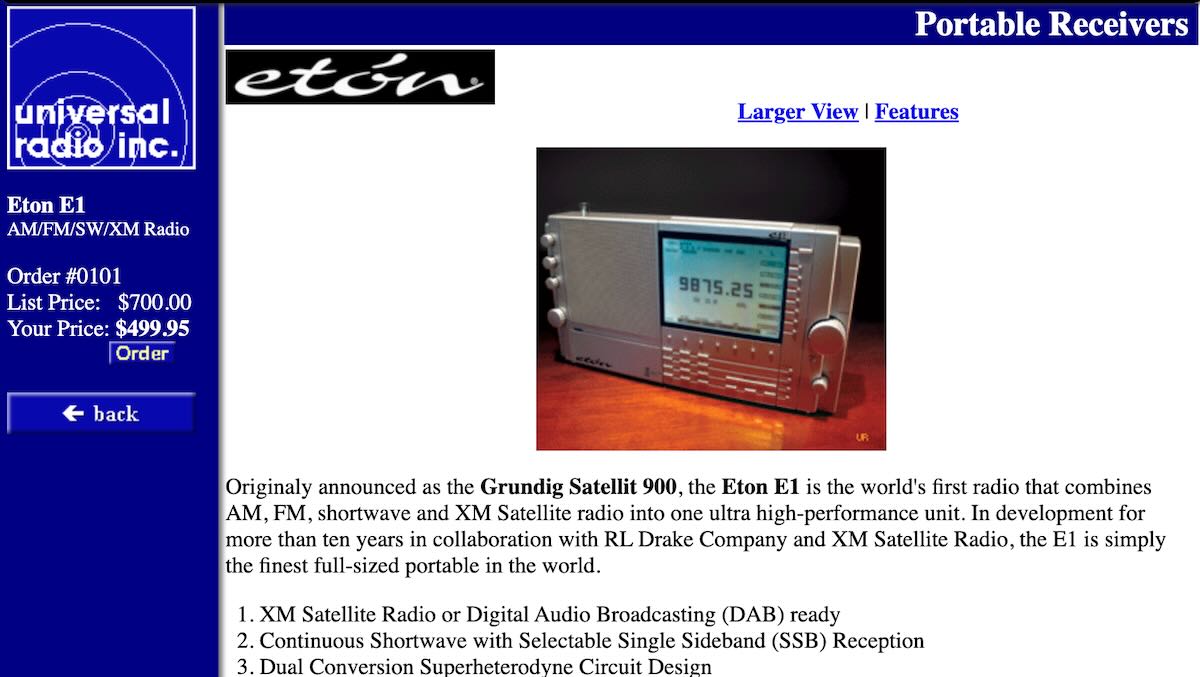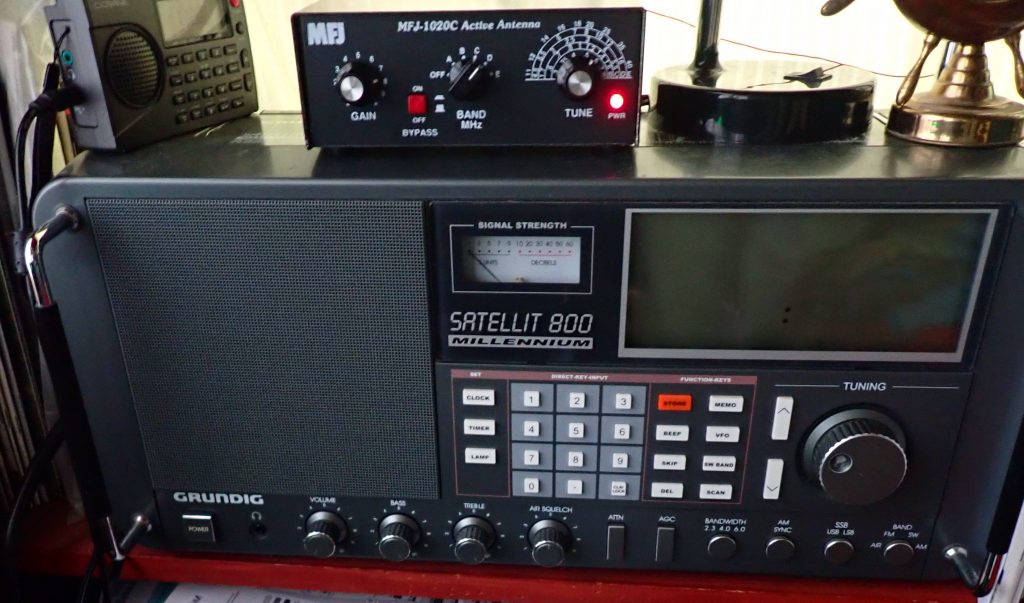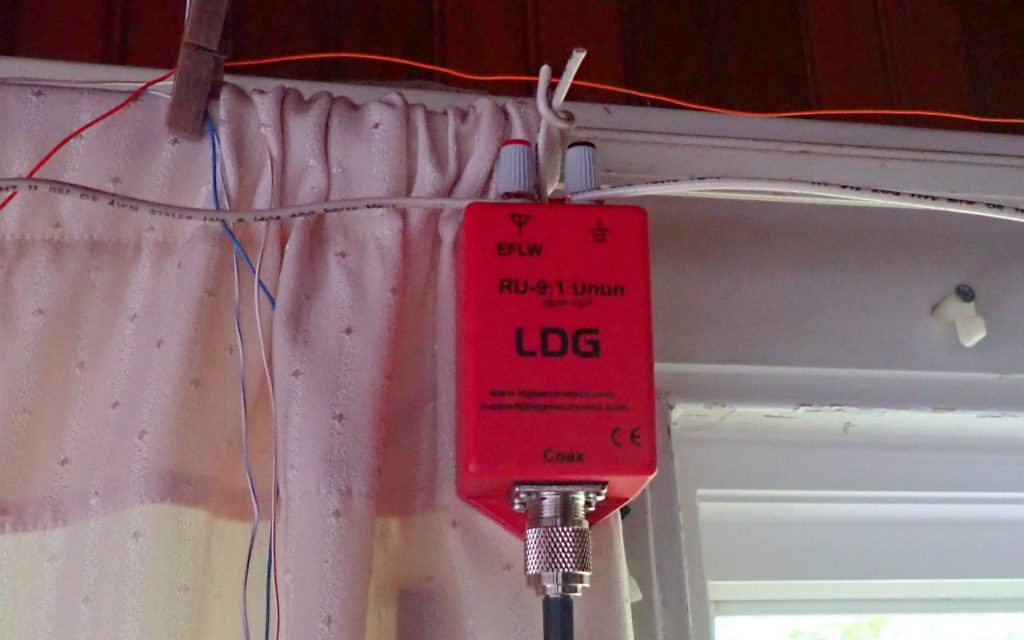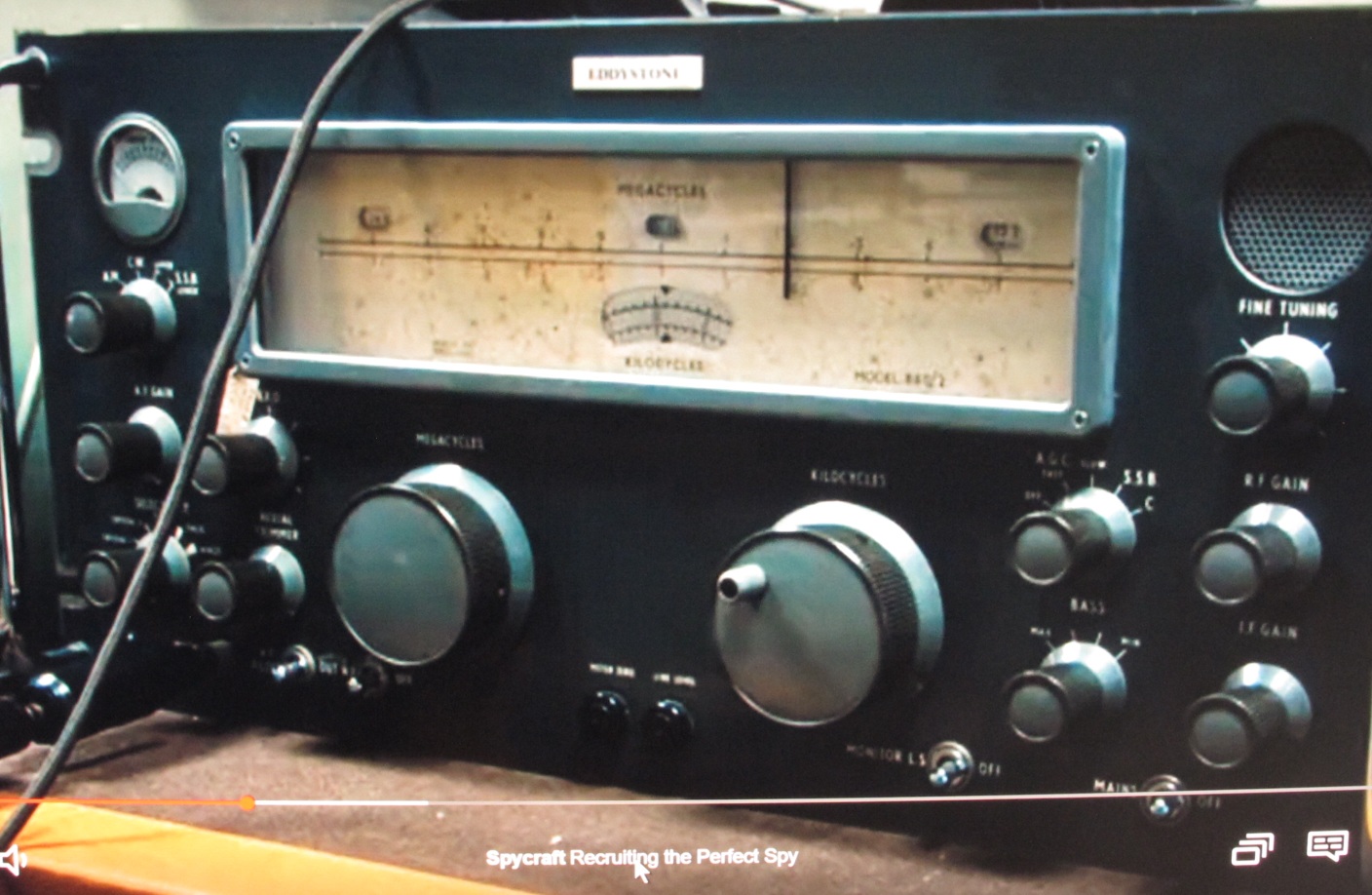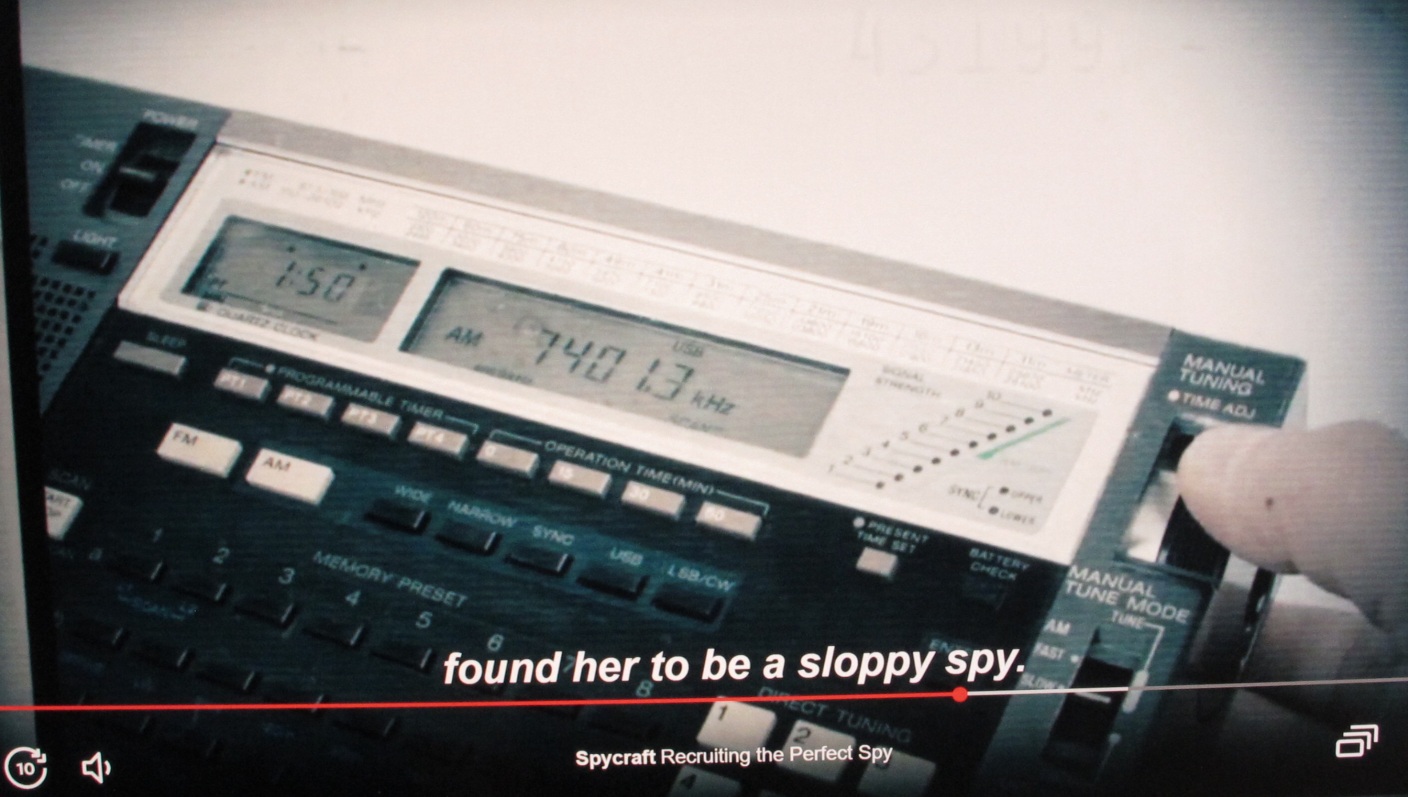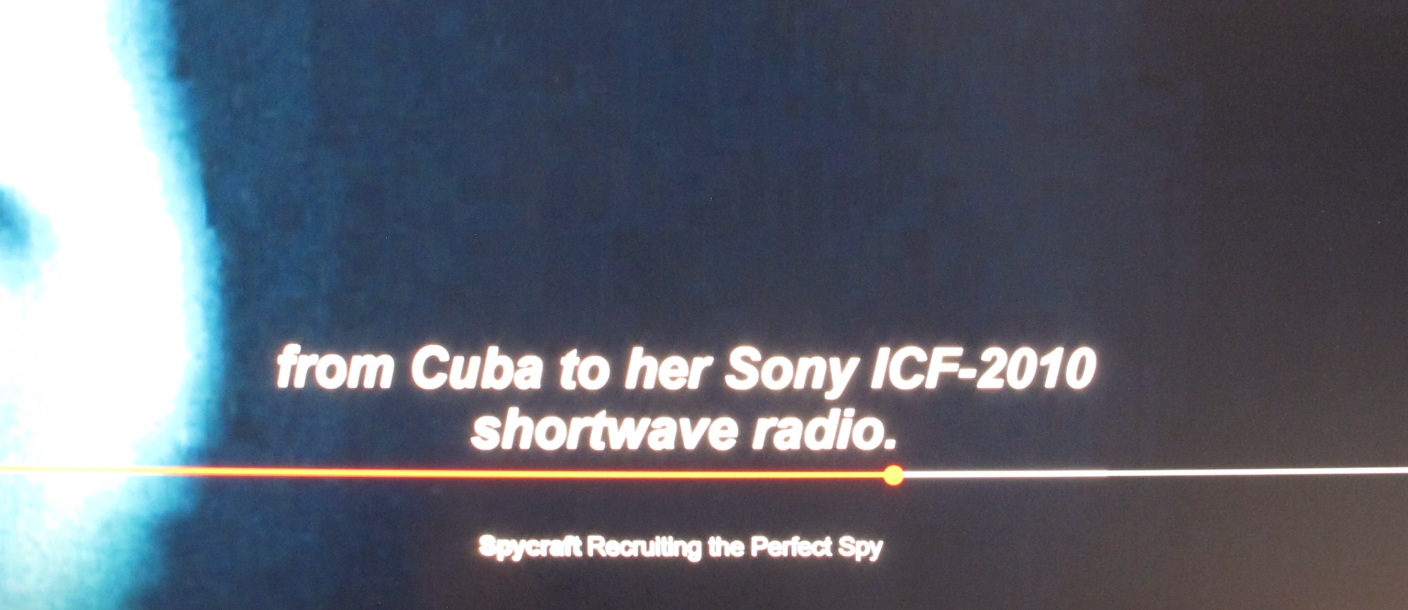Many thanks to SWLing Post contributor, David Goren, who shares this clipping from the New York Times archive:
Jerome would like to know more about the Starwaves Truckbox DRM converter
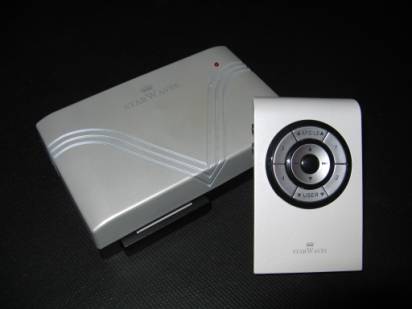 Many thanks to SWLing Post contributor, Jerome van der Linden, who writes:
Many thanks to SWLing Post contributor, Jerome van der Linden, who writes:
Hello Thomas,
Back in January 2019 you featured in SWLing an item about a portable DRM/DAB receiver produced by Starwaves GmbH.
It seems the same company had also produced a DRM/DAB to FM convertor for use in trucks and cars, as this Youtube Link shows:
Click here to view on YouTube.
It shows the unit tuned to 6095khz and later to 13810khz, with music being played, I assume via the converter and transmitted on a free FM frequency the car radio is tuned to.
The video also shows a couple of shots of the converter and remote control, and a second bit of hardware that I’m unsure of its function. This was all back in 2007, I gather. The comments from those that have seen the video are not I suspect from people familiar with SW listening, and the suspicion that a car whip antenna is entirely unsuited to SW reception should be questioned, as I had personal experience of this while in Saudi Arabia in 1990, where SW car radios were not uncommon, and strong signals provided perfectly acceptable audio quality. Sure, 1 metre long whip won’t be much good for SW DX, but who’s going to be doing that while driving a car?
Anyway, I’m curious to know if anyone has ever purchased a Starwaves Truckbox? I gather it is currently not available.
73s
Jerome van der Linden
Thanks for sharing this, Jerome. I, too, am curious if the Starwaves Truckbox made it beyond the prototype stage to be mass produced. Please comment if you have more info!
John recommends “A Call to Spy”
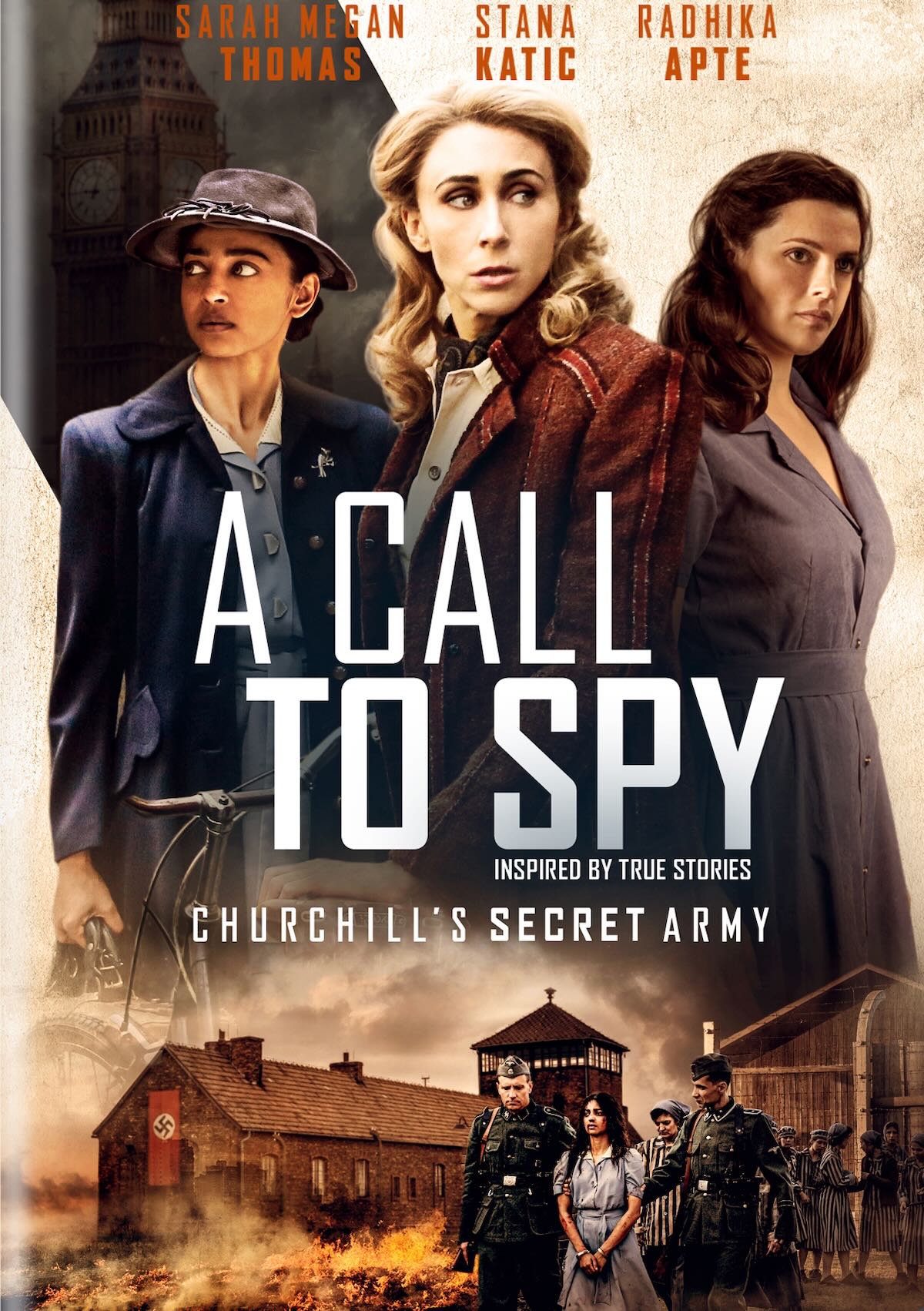 Many thanks to SWLing Post contributor, John (AE5X), who writes:
Many thanks to SWLing Post contributor, John (AE5X), who writes:
Hi Thomas: There’s an interesting movie now on Netflix that your readers might enjoy:
A Call to Spy.
Based on the story of Virginia Hall and two other female spies in WW2. She was trained in Morse Code and used a Paraset radio in helping the French Resistance in 1941-42.
Quite an amazing story, told more fully in Wolves at the Door.
John AE5X
Click here to read John’s full post on his excellent blog.
Thank you for the tip, John!
BBC Radio 4: “Scotland’s Lord Haw Haw”
(Source: BBC Radio 4)
Scotland’s Lord Haw Haw
Radio played a key role in the propaganda campaigns of Nazi Germany. The most notorious personality in this radio war was William Joyce, or ‘Lord Haw-Haw’ – who came to be known as the English voice of Nazi Germany. But he wasn’t alone in this effort.
Professor Jo Fox of Durham University discovers the lost transcripts of Radio Caledonia, a ‘secret station’ designed to disseminate defeatist propaganda to the people of Scotland and sow seeds of dissent among its listeners. Set up by the German Propaganda Ministry in 1940, the presenter was Scottish national Donald Grant.
Jo Fox examines the Nazis’ attempts to appeal to Scottish nationalist feeling through these broadcasts and asks why, unlike Joyce, Donald Grant was spared execution.
Producer: Sarah Shebbeare.
Eton Elite Satellit Pricing and Context
As the Eton Elite Satellit comes closer to fruition, I’ve gotten a lot of questions and comments from readers about the price retailers are publishing. Here they are so far (all in USD):
Even the lowest price ($599.99 via Universal) is no trivial amount for most of us.
That said, the pricing doesn’t surprise me.
Back in 2005 when this radio’s predecessor, the Eton E1/XM, finally hit the market, it was sold for $499.95. Here’s a screenshot from Universal’s site in 2005 courtesy of the Wayback Machine:
According to the Bureau of Labor Statists, $499.95 in June 2005 has the same buying power as $751.33 in May 2022. If we add to that the recent elevated prices for many radio/electronic goods due to increased component cost and availability of chips, frankly I’m a little surprised Eton’s even able to release a new product this of all years. These aren’t easy days for electronics manufacturers. Then again, Eton has been producing radios for decades and obviously knows the manufacturing landscape quite well.
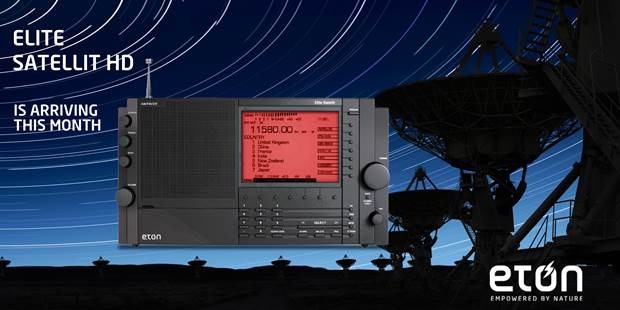 When I first learned about the new Elite Satellit, you could have painted me seven shades of surprised. With the advent of inexpensive high-performance SDRs, affordable DSP portables, and knowing full well the shortwave portable radio market is on the decline (in terms of customer numbers), I would have never guessed a new enthusiast-grade portable would be introduced.
When I first learned about the new Elite Satellit, you could have painted me seven shades of surprised. With the advent of inexpensive high-performance SDRs, affordable DSP portables, and knowing full well the shortwave portable radio market is on the decline (in terms of customer numbers), I would have never guessed a new enthusiast-grade portable would be introduced.
My hope is that the Elite Satellit will deliver the performance we all want. I firmly believe that high-performance, quality gear enriches the hobby as a whole.
In terms of Elite Satellit specs and features, there’s a lot of confusion out there right now [great article, Guy!], but I’m sure this will be cleared up in coming weeks.
Many have also commented about Universal Radio especially since they officially closed their brick and mortar store near Columbus, Ohio in November 2020. Fred Osterman mentioned to customers at the time that Universal would still be selling books, parts, and some accessories online, but they would no longer carry inventory like ham radio transceivers.
Universal will be an authorized distributor of the Eton Satellit Elite and I wouldn’t hesitate purchasing from them. I suspect Fred and Barbara made an exception for Eton because they’ve been such a long-term distributor (dating back to the 1980s). I also think Universal will continue being a limited online retailer at least into 2023 or even beyond. Eton will fully back a warranty from products purchased at Universal regardless.
The solution for apartment/condo dwellers, perhaps?
By Jock Elliott, KB2GOM
It was research on preselectors that led me to this: Improving HF Reception – The RadioReference Wiki
In that section of the RadioReference Wiki, written by Mike, KA3JJZ, I found the following:
Another way an active preselector could be used is to use it to load a very short dipole – say not more than 1 meter (roughly 3 foot) for each leg. A number of years ago, a company called Datong marketed such an antenna (with a preamp right at the antenna feedpoint) that was popular in Europe and to some lesser extent in the Americas because it’s easy to hide the antenna.
In the magic of my mind, I could picture using the short dipole strung across two windows — or a large window — in an apartment or condo (or anyplace with antenna restrictions) and connected to an MFJ 1020C. I had not yet done the experiment, but I had tested the 1020C and found it to be a worthy piece of gear. So I thought the short dipole/1020C experiment might be worth a shot.
So I cut two yard-long lengths of wire and attached them to a 9:1 unun. I created loops at the outer end of each leg of the dipole and hung the whole assembly from a curtain rod covering two windows. A coax links the short dipole to the MFJ 1020C, and a jumper connects the output of the 1020C to my Satellit 800 receiver.
Bottom line: it works. The vast majority of the time, even when the 1020C preselector is in bypass mode, the short horizontal dipole/1020C combo delivers a better signal-to-noise than the Satellit’s vertical telescopic antenna. (In rare cases, they are equal.) And when the preselector amplification circuits are activated and properly tuned, the signal is usually improved, often significantly. The Big Trick is to use the preselector to peak the noise at the frequency you want to hears and then tune slightly to the side of best listening.
Obviously that would be cumbersome for band-scanning, but you could band-scan in bypass mode and then tweak the “hits” with the amplification circuitry. In all, if you are living in an antenna-challenged situation, the short dipole/1020C combo just might make your shortwave listening better.
Final thought: Mike, who wrote the section of Radio Reference wiki that inspired this experiment, said:
You do have to watch your gain otherwise you will get a lot more noise than signal. I did my experiment using an old Palomar preselector. You can also try using a YouLoop as the antenna – it should, in theory, work even better than just a simple whip.
One thing that you could mention in your article is that there is an advantage to having a small dipole like that as the receiving element. Not only is it fairly easy to hide, it can be moved around to find a somewhat quieter location. However the coax should be kept as short as you can, otherwise there is a chance that common mode noise would become an issue – particularly if it runs near computers or other RFI sources
Remember that even a 1 or 2 S unit improvement might make the difference between hearing a signal and not hearing it at all. All we are doing here is trying to improve the signal/noise ratio coming into the unit. That little vertical whip on the 1020c is not likely to be the best choice, and that’s what I am trying to improve upon.
– Mike KA3JJZ
Thanks, Mike!
Adi spots an Eddystone among other radios in the Netflix series Spycraft
 Many thanks to SWLing Post contributor, Adi, who writes:
Many thanks to SWLing Post contributor, Adi, who writes:
Hi Thomas,
I just finished watching “Spycraft” on Netfilx. It’s 8X30min parts documentary.
The last part is “Recruiting the best spy“.
I first spotted this lovely 880 Eddystone receiver but coming into the ~20 min was the story of the ICF-2010 and how an American spy for Cuba used it to receive the “numbered” code massages.
Later on there is nice illustration how the code was used.
There are few other radios pop here and there on this documentary as you can expect from the Spy Craft .
73’s Adi
Thank you so much, Adi! Some years ago, I actually read the book upon which I believe this series was based. Many thanks for the tip!

